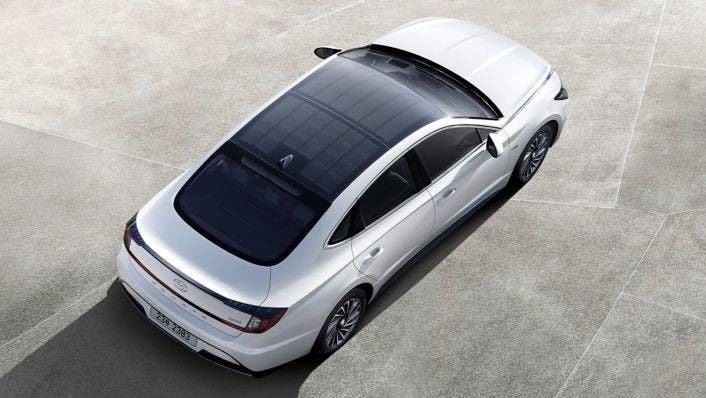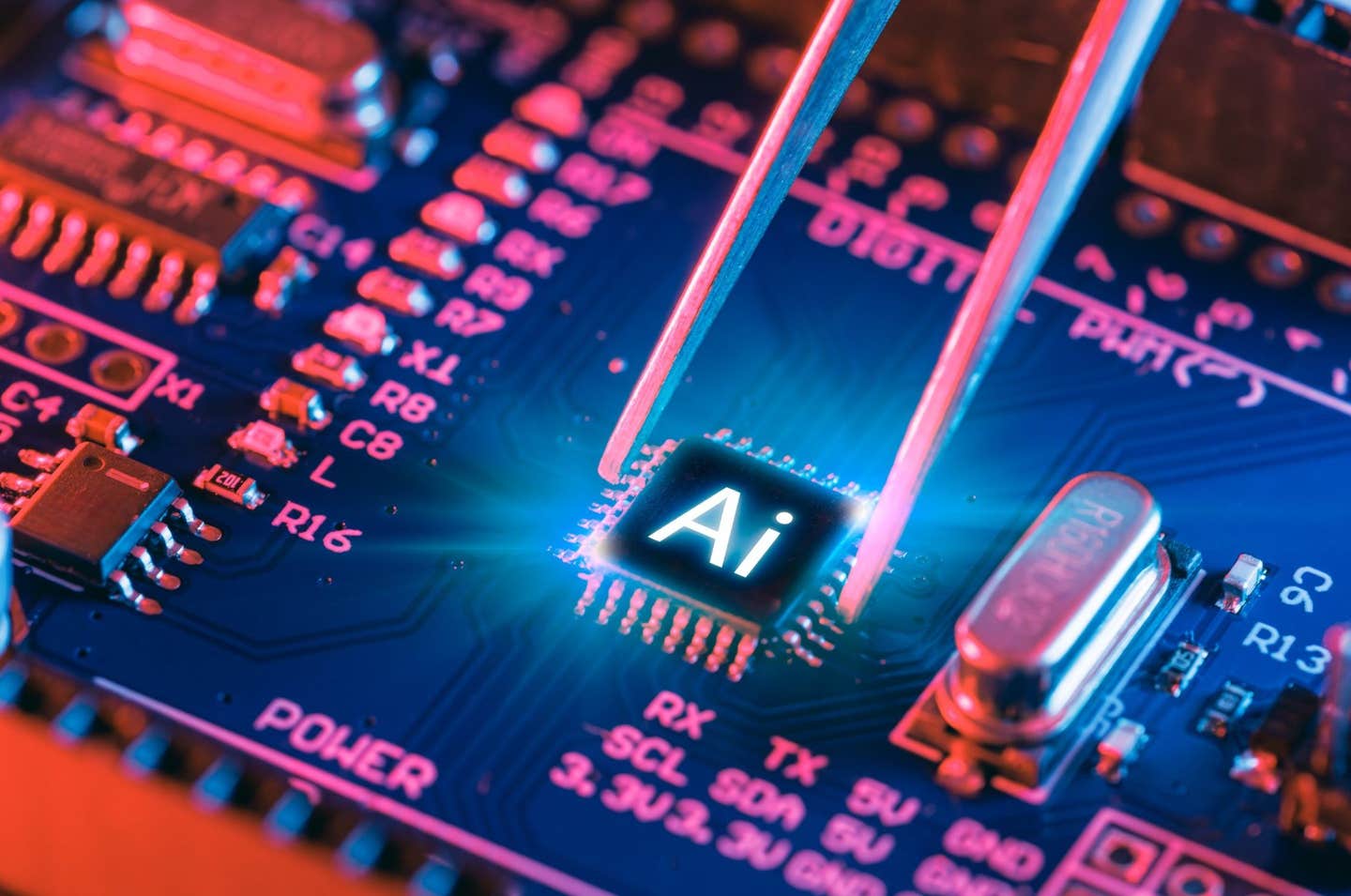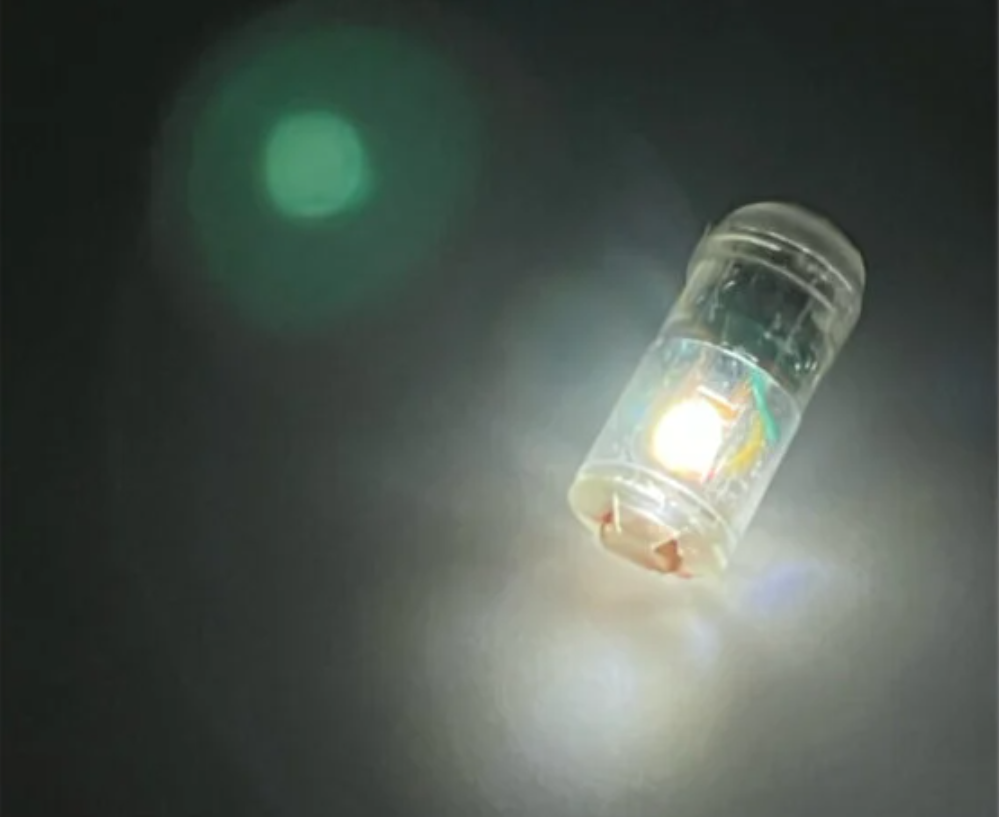Scientists develop solar-powered electric motors for EVs that never need to plug in
This innovative solar-powered motor, as per the university’s findings, boasts an astounding 88 percent efficiency.

[Sept. 25, 2023: Staff Writer, The Brighter Side of News]
This innovative solar-powered motor, as per the university's findings, boasts an astounding 88 percent efficiency. (CREDIT: Hyundai)
In the fast-paced metropolis of Bhubaneswar, home to the Odisha University of Technology and Research in India, a paradigm shift in solar energy harnessing is taking place. Researchers here are making leaps in green technology that may transform everything from home appliances to electric vehicles (EVs).
Drawing from the ever-expanding domain of Artificial Intelligence (AI) and harnessing the abundant power of the sun, a team of determined researchers has unveiled a pioneering model for a direct-current (DC) electric motor. Unlike the conventional ones, this motor is uniquely powered by a photovoltaic array, also known as a solar panel array.
Pushing the Limits of Efficiency:
Traditional DC electric motors hover around a respectable efficiency of 75 to 80 percent in real-world settings. However, this innovative solar-powered motor, as per the university's findings, boasts an astounding 88 percent efficiency. This is attributed to the incorporation of AI to maximize the solar array's output.
Related Stories
Bismit Mohanty, the lead spearhead of this groundbreaking project, illuminated the core focus. He remarked, "The emphasis of the model was on amplifying the overall efficiency of the system. Our goal? Achieve the zenith of the motor's output with the available solar power."
At the heart of every solar cell lies its maximum-power point – the pinnacle of electrical power it can offer for a specific irradiation amount. This power point, however, isn't constant. External factors like temperature fluctuations and variations in sunlight play their part, making the solar cells’ output oscillate.
This variability is where the team's AI model plays a pivotal role. Using MATLAB/Simulink, Mohanty, alongside his dedicated colleagues, devised a neural network. This sophisticated system was meticulously trained to deduce the optimal resistance for the solar cell, ensuring it delivers its utmost output. Thousands of daily measurements – from temperature to irradiance – acted as the training data for this neural network.
Sample EV with integrated solar panels to power vehicle operations. (CREDIT: Getty Images)
One might ask, "How is this different from other AI methods for solar power?" The brilliance lies in the application of existing AI techniques specifically tailored for maximum-power-point tracking. Interestingly, while this model is highly predictive, it works akin to a 'black box', not revealing the precise criteria guiding its predictions.
Beyond Just Power Generation – A Complete Ecosystem:
The team's vision isn’t just confined to efficient power generation. According to their virtual model, during sunny conditions, the solar array produces sufficient power to run the motor. Any surplus energy? It's stored in a battery. On overcast days, this battery steps up, ensuring the motor's uninterrupted operation.
According to their virtual model, during sunny conditions, the solar array produces sufficient power to run the motor. (CREDIT: Creative Commons)
A standout feature of their design is the motor's regenerative braking system. Whenever brakes are applied, kinetic energy is recaptured and converted back into electrical energy, further charging the battery.
The Implications – An Electrifying Future:
While currently only in its virtual phase, the potential real-world applications of this solar-powered electric motor model are electrifying. Envision an industrial landscape powered by these motors, or even household appliances like refrigerators and fans working seamlessly without relying on the traditional power grid.
However, Mohanty's ambitions soar even higher. He envisions a day where electric vehicles, powered by this technology, roam our streets. He passionately shared, “Now we have to charge the electric vehicle at a station or from home. My dream? A chargeless electric vehicle that directly draws its power from the onboard solar array.”
With the combined prowess of solar energy and AI, Odisha University of Technology and Research is pushing the boundaries of what's achievable. As they inch closer to turning their virtual model into reality, the world watches with bated breath, eagerly awaiting a greener, more sustainable future.
For more green news stories check out our Green Impact section at The Brighter Side of News.
Note: Materials provided above by The Brighter Side of News. Content may be edited for style and length.
Like these kind of feel good stories? Get the Brighter Side of News' newsletter.



